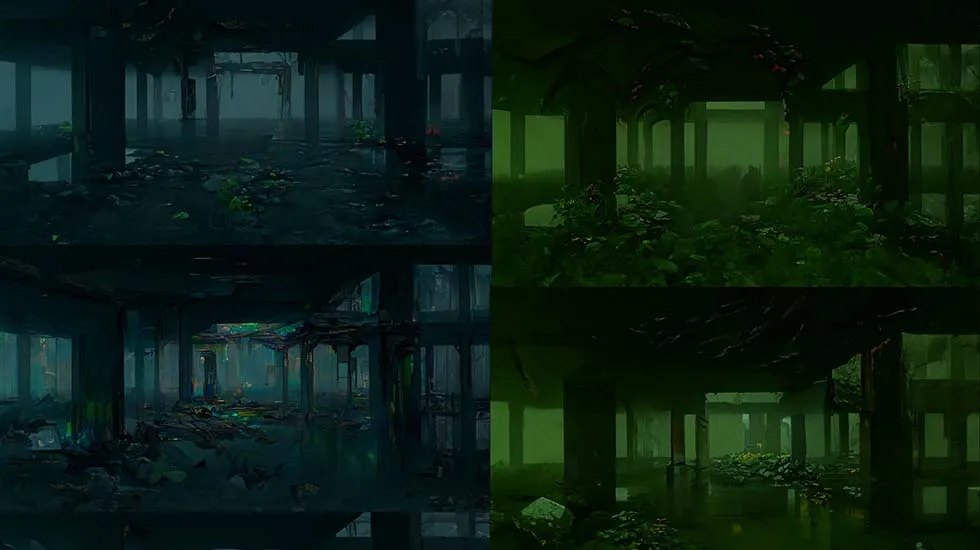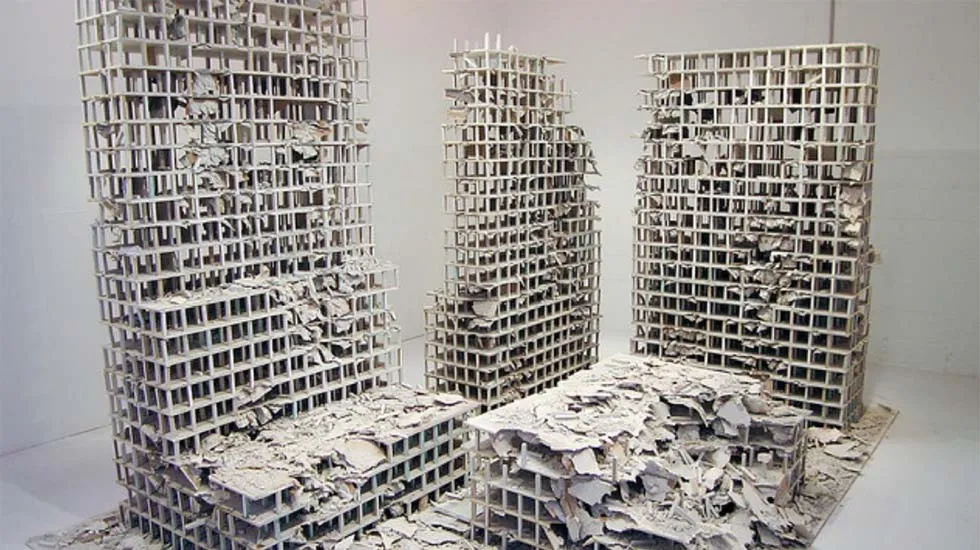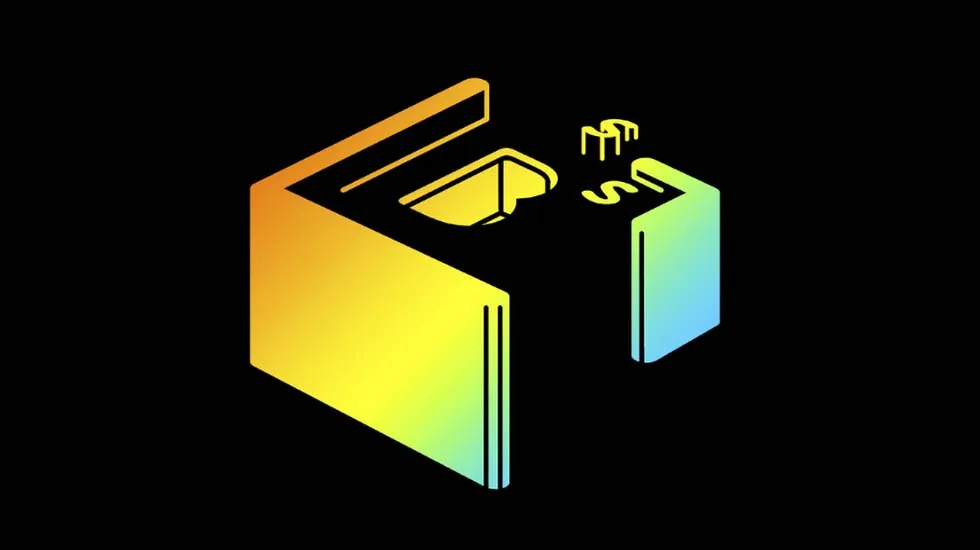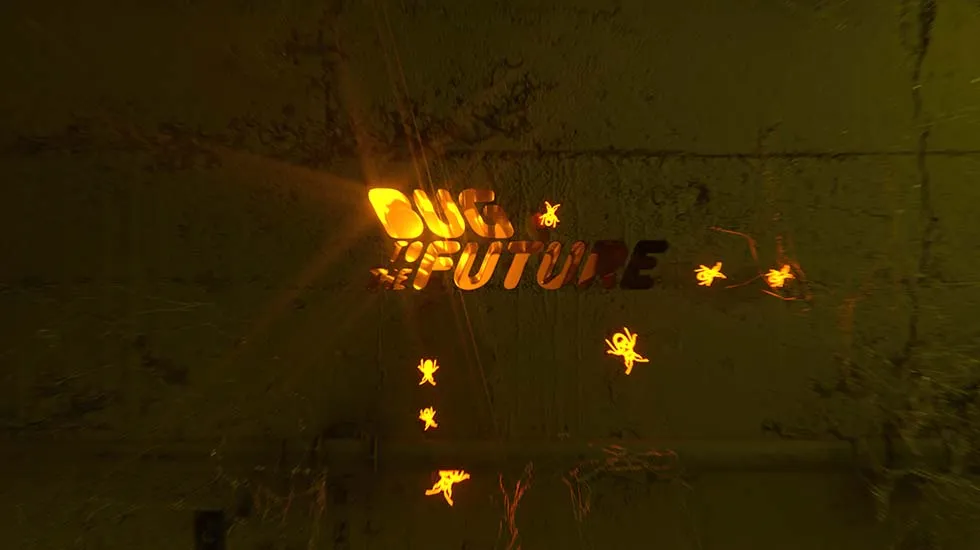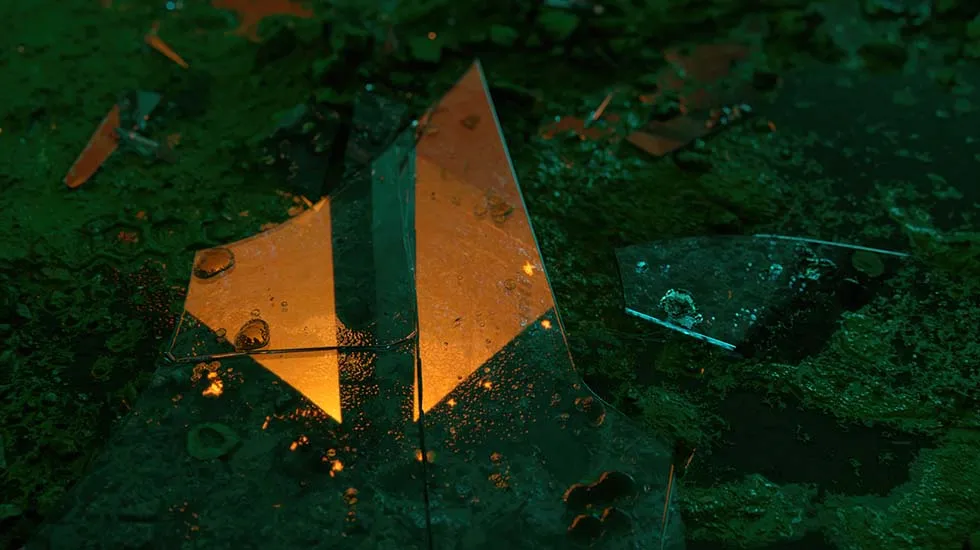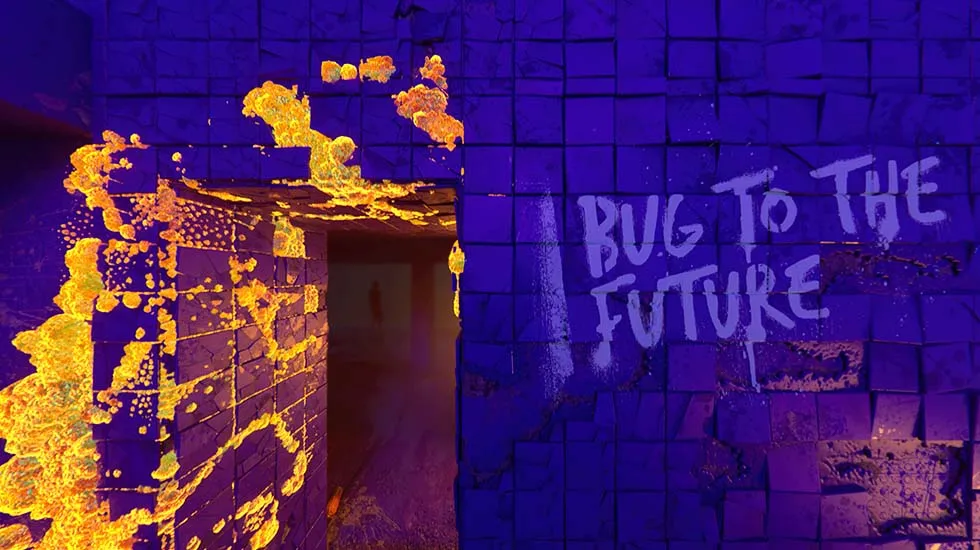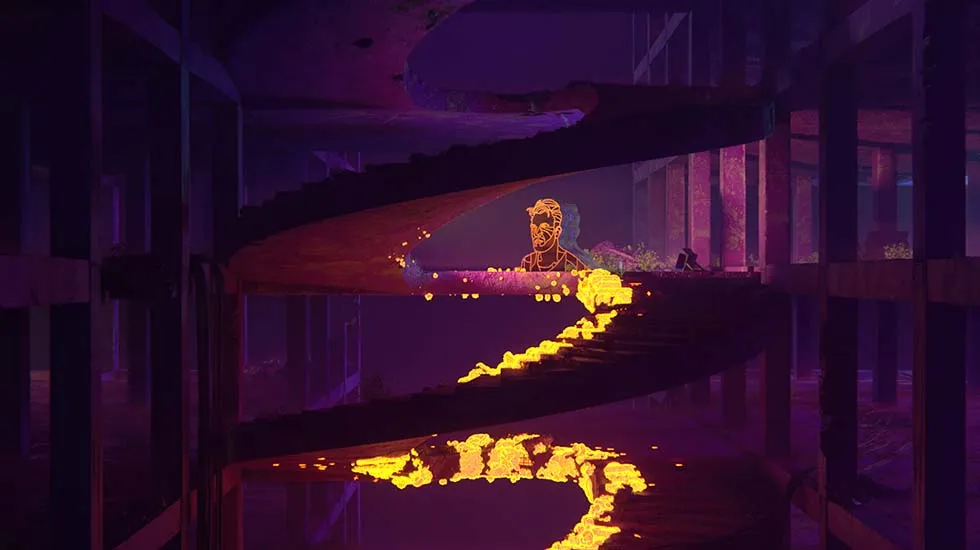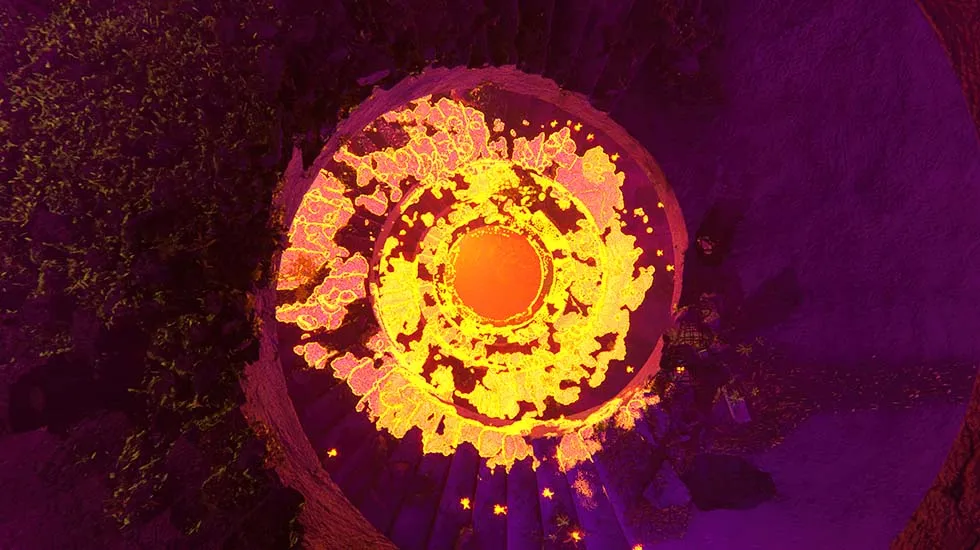




Bug To The Future
Blending street art with dystopian visuals. Collaborative animation project uniting four diverse artists.
Overview
The project was created during off-hours together with three artists from Poland - architect Tomek Jagielski, musician Jędrzej Weber, and streetartist Bart Sucharski. The goal was to prepare a 3D animation that would be part of Bart's larger street art project called "Bug To The Future". 6 months of work condensed into 40 seconds of animation.
Role
My role was to remotely coordinate the team, as the entire technical aspect of this animation rested on my shoulders.
Bart was the foundation of the whole idea and provided props, Tomek devised the concept and prepared storyboards, while Jędrzej handled the sound design. I had to do whole animation from first blockouts to final comp. I had the most time-consuming task to do, so I patiently worked on the shots and occasionally organized video calls to gather feedback from the entire team.
Tools and Resources Used
All shots were crafted using Houdini in tandem with the Octane engine, marking my first delightful experience with this powerful duo. I picked Octane because I wanted much of the scene's lighting to come from a moving, uneven source, like the lava mushroom. I knew Octane would be perfect for this job.
I primarily relied on Megascans as a foundation for procedural assets. Quixel Mixer and Substance Painter helped with texturing specific elements, while Agisoft Metashape was employed to generate photogrammetric scans of the props Bart provided. After rendering everything on my personal computer, I used Nuke to assemble the entire animation. It was also my first practical use of generative AI - at that time, it was the 5th version of Disco Diffusion.
Technical Details
Each shot includes effects specially prepared for its needs, but let's focus on the most important systems that are visible throughout almost the entire length of the animation:
Lava mushroom
It was obvious to me that the appearance and motion of lava mushrooms were crucial, and that research was necessary to develop the appropriate algorithm. With this in mind, I began my work.
The references suggested a fluorescent, glowing orange-colored mounting foam. As for the movement, I was seeking a mushroom-like growth motion, but it needed to be rapid. Meanwhile, I watched an Entagma tutorial about adaptive subdivision and realized that combining vellum with adaptive subdivision and differential growth based on curvature would achieve the desired biological, fluid movement.
After numerous tests, I decided to combine two effects - vellum mushroom and good old infection scatter - because it provided both the rapid, mushroom-like motion and the appearance of construction foam that I was aiming for. And last but not least - it was easily art-directable.
Stop-motion bugs
The lava mushroom was only the first part of the equation. The second component involved Bart's bugs. I wanted them to resemble stop-motion videos created by BLU and other street artists. I envisioned them emerging from beneath the lava mushroom and spreading across all objects in the scene.
The animation of the primary movements was created by calculating gradient vectors based on the heat attribute transferred from the lava geometry (or hand-painted) and then using them to drive the movement of the bugs. I couldn't use any decal system because Octane for Houdini lacks one, so I simply utilized the Ray SOP to project the bugs geometry onto the closest surface.
RBD Destruction
Initially, I didn't plan on using RBD destruction as the primary modeling tool for the building. In fact, my plan was to block out the building using 3D scans and add detail with objects placed on top of it. However, after blocking out the main shape, I decided to try the intriguing, new AI tool - Disco Diffusion - to gather some inspiration. I used my initial render as input, and even though the AI couldn't produce high-quality images at that time, I was only seeking hints, which it provided quite effectively.
The results from Disco Diffusion inspired me to damage the whole building. Using classic modeling methods would have been difficult and time-consuming, but in Houdini, I could simply prepare one algorithm for a sample concrete wall and apply it to dozens of remaining concrete objects.
RBD simulation works well with proper input geometry, so my main focus was on adequately fracturing the scans. I required a significant amount of detail, so I opted for three levels of fracturing.
The premade node RBD Material Fracture produces good results but is slow, so I chose to scatter some cutting planes and spheres and use the Boolean SOP to shatter the base shapes. This approach was faster and provided more control over the interior shapes of fractured objects and also the proxies. Additionally, I used the Debris Source SOP after the simulation to create extra debris.
Cable Tool
Cables emerged as the second key component inspired by Disco Diffusion concepts. Using Vellum, they were not only easy and cost-effective to simulate but also significantly enhanced the overall detail. Knowing I would use them frequently, I created a compact HDA to streamline the process.
A few weeks later, the Labs Cable Generator was released, so almost exactly the same tool but with a few additional functions. However, I didn't use it since I had already implemented the cables with my custom solution.
References
One of the joys of working with the art director was that he provided numerous references, storyboards, and presentations. The challenge lay in achieving his vision without burdening him with technical details. However, thanks to all the references and dozens of previsualization tests, I was confident that everyone was on the same page and it helped to remain consistent.
Additionally, we incorporated props and images provided by Bart Sucharski. We scanned several of his custom spray cans, and I modeled the rusted metal sculpture based on vector drawings.
Conclusion
This entire project was an important experience for me, both satisfying and humbling. I found my footing in the role of a leader and had enough patience to gradually advance the work and bring the project to completion. I endeavored to make every shot detailed so that individual frames could be printed later and admired as static images. At the same time, the whole team ensured that the project remained cohesive and visually appealing.
On the technical side, the diversity of challenges presented in each shot helped me solidify and expand my knowledge of Houdini and finally familiarize myself with Octane. I tried hard to stay true to the director's original vision, persistently searching for suitable solutions. The entire animation was created on my home computer, which required me to constantly optimize and search for cost-effective methods for art-directing simulations.
Ultimately, I am very pleased with what we managed to achieve, and I thank Tomek, Jędrzej, and Bart for their creativity and countless valuable insights throughout the creation of this animation.







